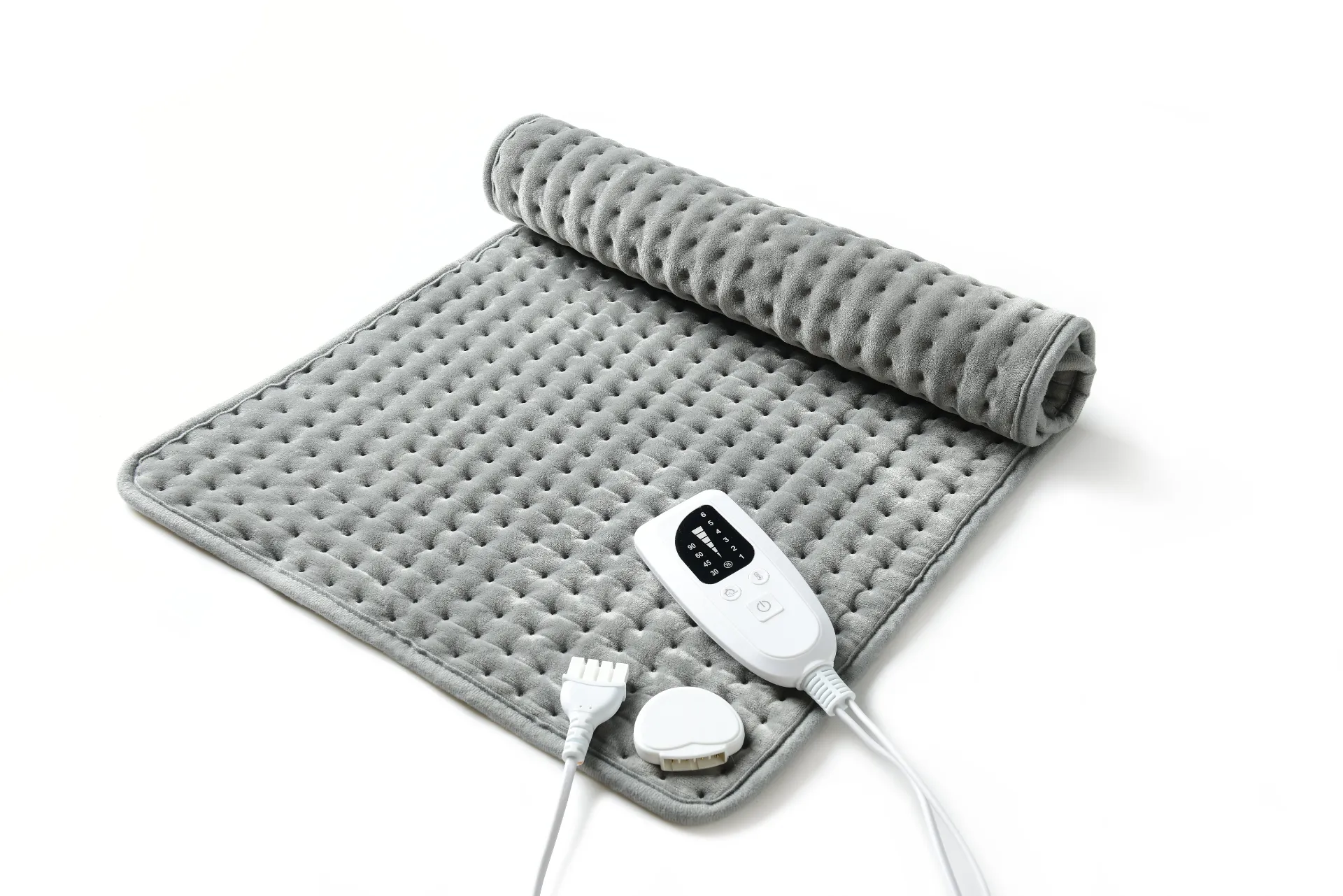
8 сар . 12, 2024 13:42 Back to list
Understanding the Cost of Operating Electric Blankets for Optimal Comfort and Energy Efficiency
Understanding the Cost of Running an Electric Blanket
As the temperatures drop, many people reach for their electric blankets, drawn by the promise of warmth and comfort. However, one common concern is the price to run these cozy companions. While electric blankets offer a great way to stay warm without significantly heating an entire room, it's essential to understand the associated costs involved in their usage.
Electric blankets typically operate on a low voltage, consuming relatively little energy compared to larger appliances. The average electric blanket uses between 60 to 100 watts of electricity. To put this into perspective, if you run a blanket that consumes 100 watts for eight hours—a common duration for nightly use—you'll consume about 0.8 kilowatt-hours (kWh) of electricity. Given that the average price for electricity in the U.S. hovers around $0.13 per kWh, this would cost approximately $0.10 per night to operate.
Understanding the Cost of Running an Electric Blanket
However, it’s important to note that the actual cost will vary depending on several factors. One such factor is the specific model of the electric blanket. Some modern blankets come with advanced features such as programmable timers, dual settings for different sides of the bed, and energy-saving modes. These features can optimize energy consumption, potentially lowering your overall costs.
electric blanket price to run

Another factor to consider is the thermostat settings and duration of use. If you set the blanket to a higher temperature or use it for extended periods, the energy consumption will naturally increase. So, for those chilly winter nights, it might be wise to use the blanket to pre-warm your bed before settling in and then reduce the heat once you’re snug and warm.
The time of year is also a critical consideration. Energy prices can fluctuate seasonally, and in regions that experience colder winters, there might be an increase in energy prices. Being mindful of when you choose to use your electric blanket can help mitigate these costs.
Additionally, if you're environmentally conscious, you may want to pair your electric blanket with other energy-saving strategies. For example, maintaining a steady home temperature using energy-efficient heating systems can reduce the need for a higher electric blanket setting. Investing in insulation, sealing drafts, and using thermal curtains can all contribute to a more energy-efficient home where the electric blanket can serve as an efficient supplementary source of warmth.
In conclusion, while there is a price to run an electric blanket, it remains a cost-effective and energy-efficient option for personal comfort during the colder months. By understanding the wattage, considering different models, adjusting usage habits, and embracing other energy-saving measures, you can enjoy the cozy warmth of your electric blanket without breaking the bank. So, this winter, keep warm and cozy, and rest easy knowing you’re making a wise choice for both your comfort and your wallet.
-
Innovations and Applications of Modern Electric Heating Blankets
Jul.07,2025
-
Innovations and Applications of Electric Fleece Blanket Systems
Jul.07,2025
-
Functional and Cozy Solutions for Personalized Warmth
Jul.07,2025
-
Essential Comfort and Warmth Solutions: Heated Blanket Variants
Jul.07,2025
-
Enhancing Coziness with Warmth - Centric Blanket Solutions
Jul.07,2025
-
Enhancing Comfort and Warmth: Electric Blanket Solutions
Jul.07,2025
Realted Products



